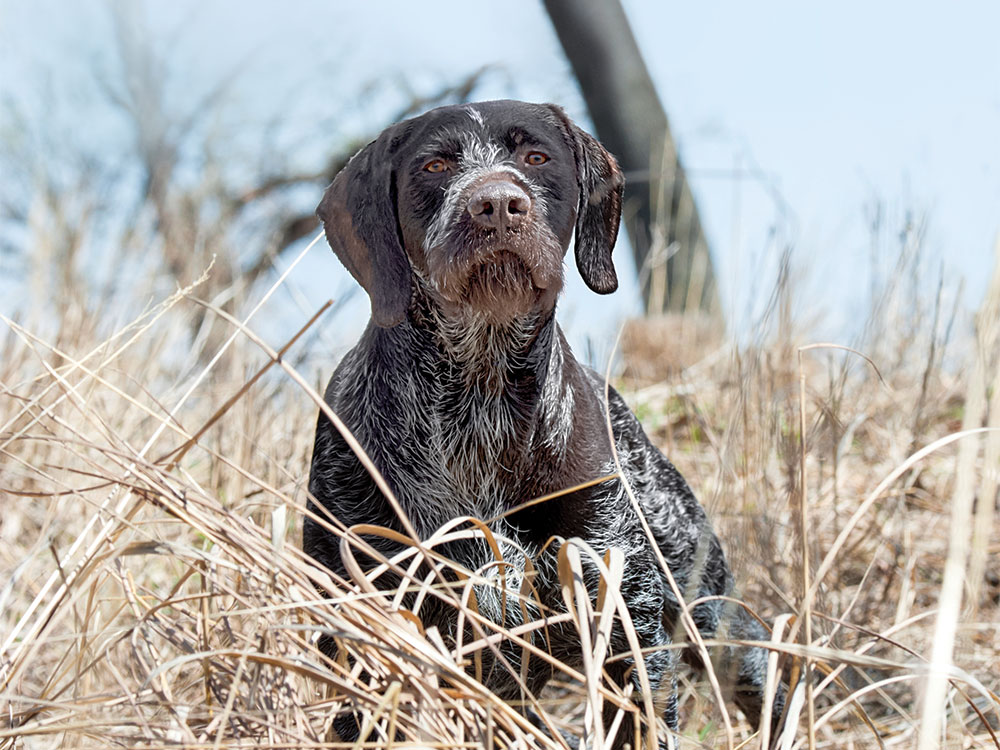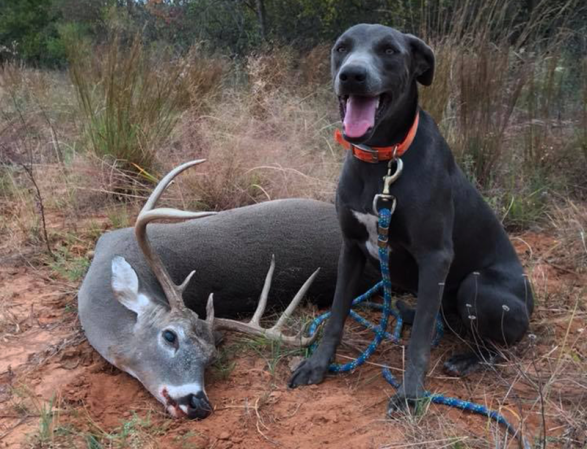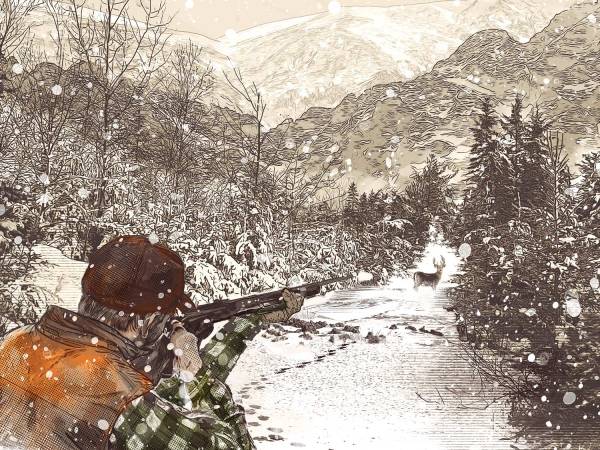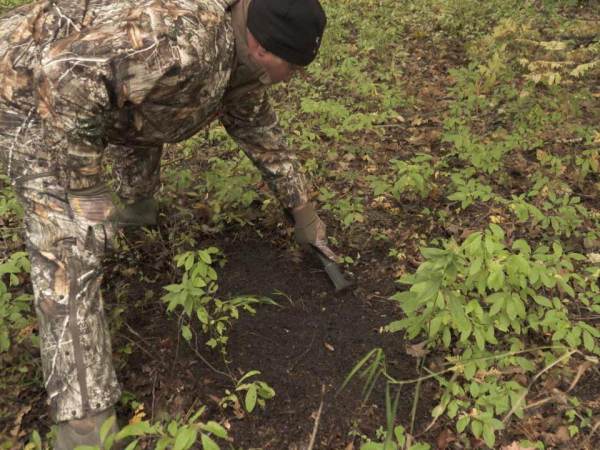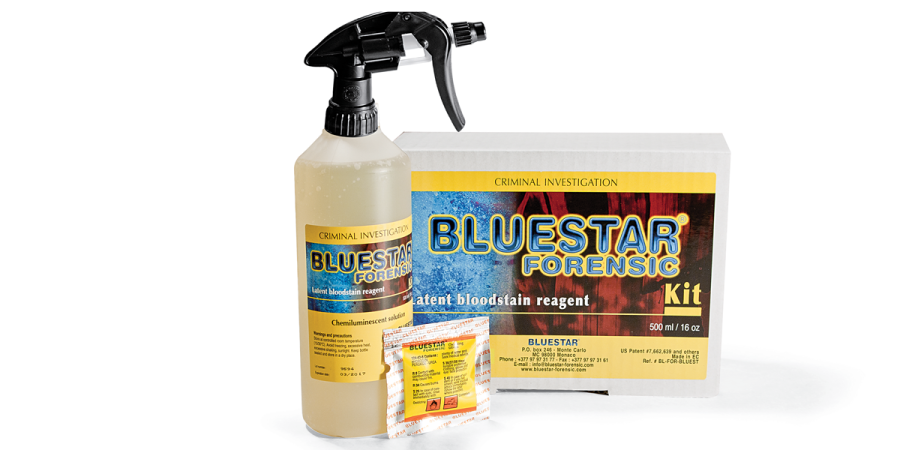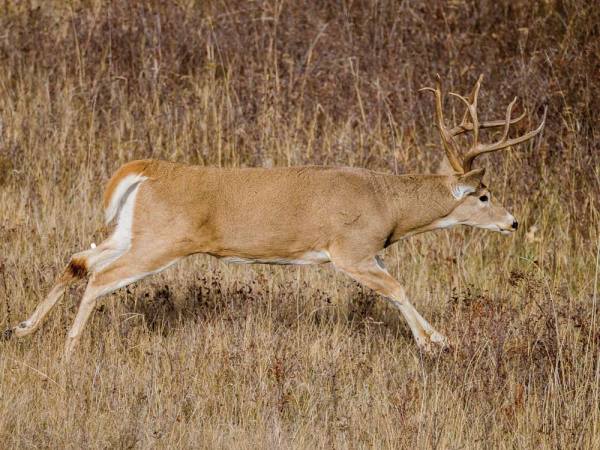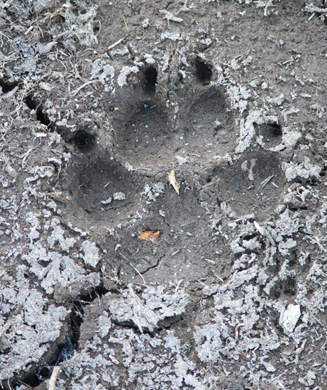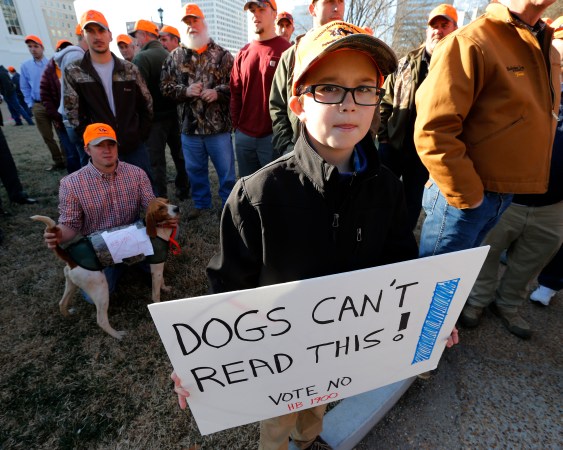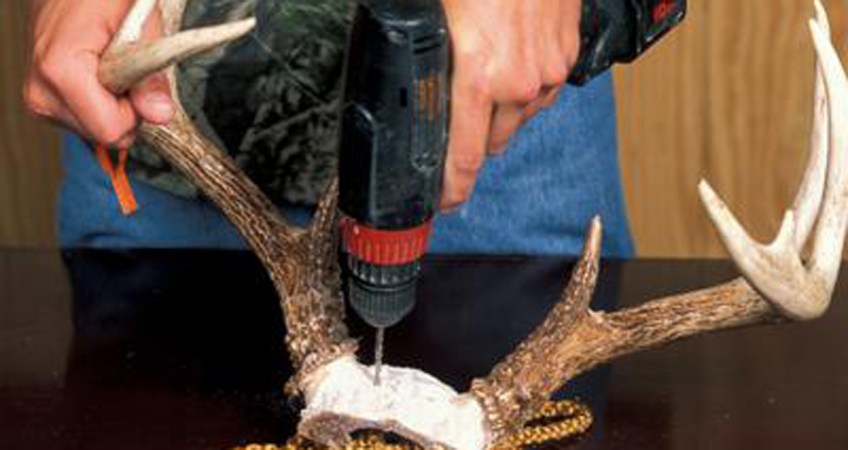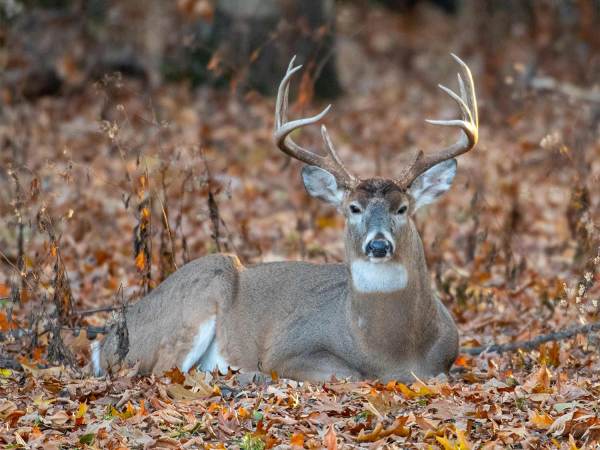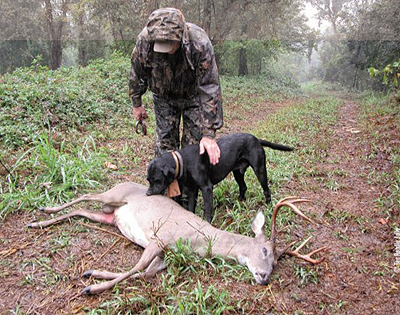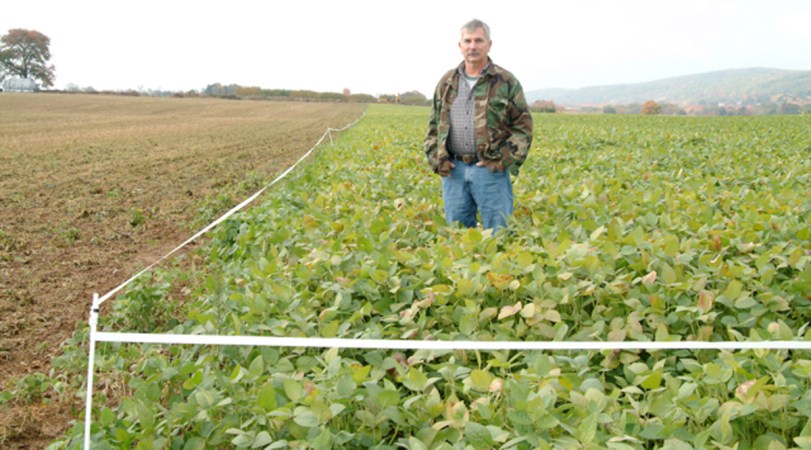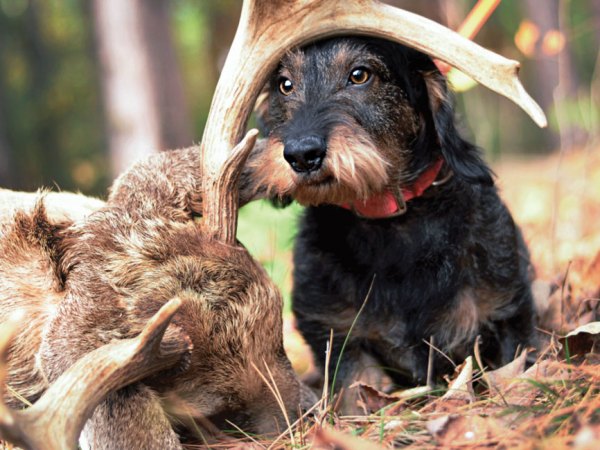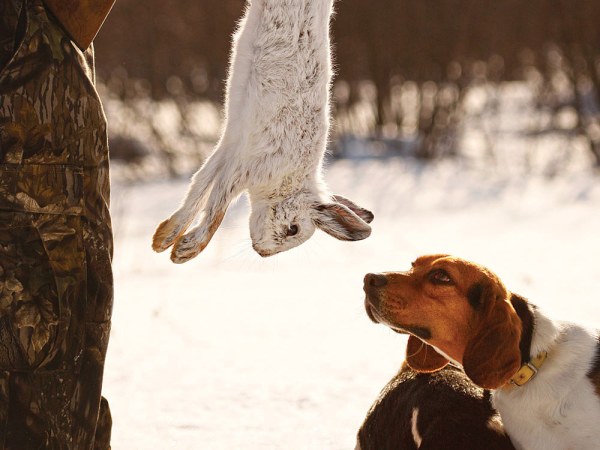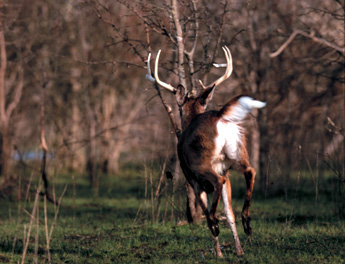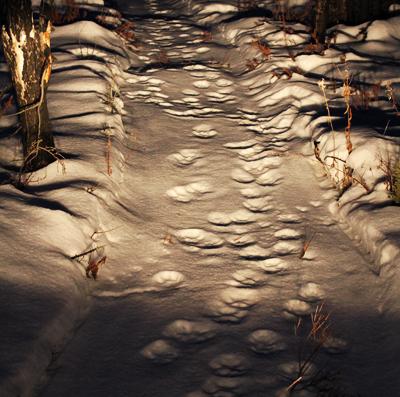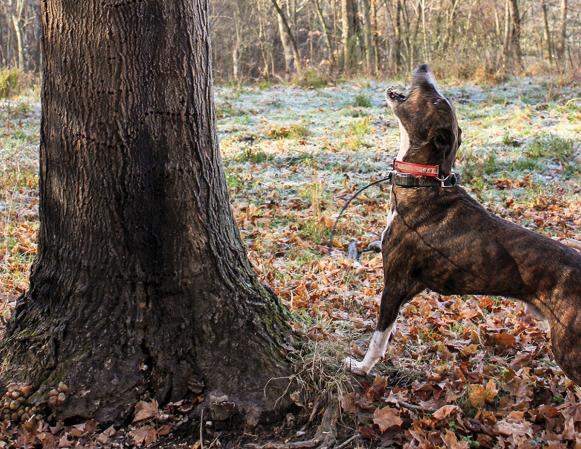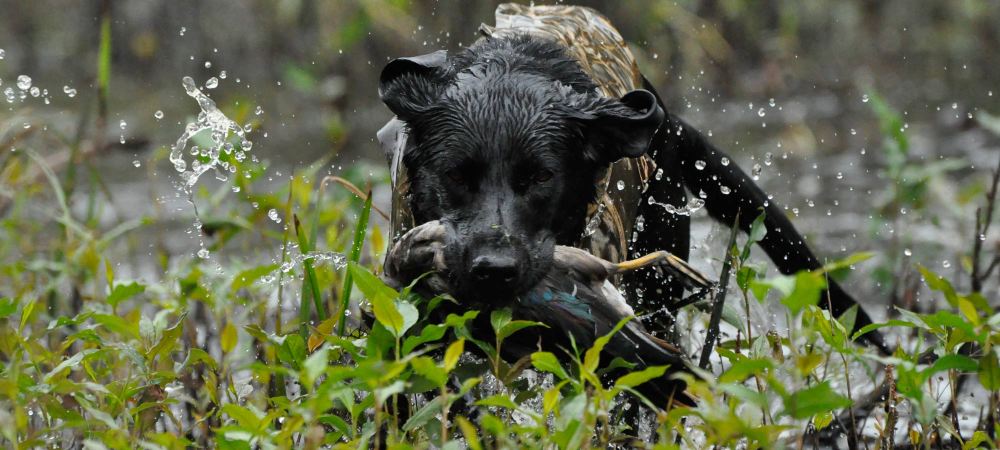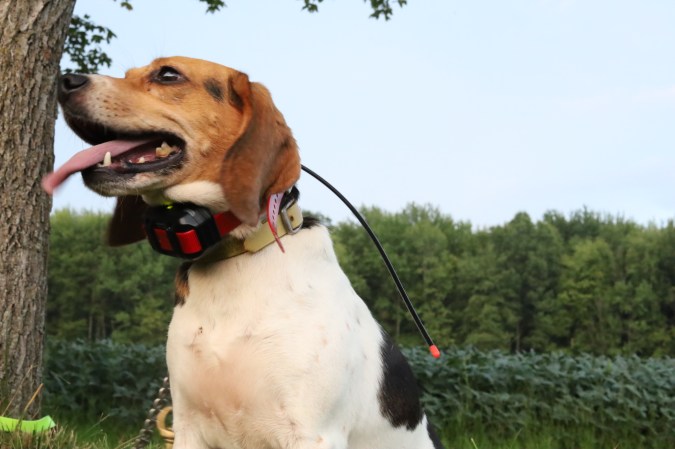No one wants to lose a deer, but it happens to everyone who shoots enough of them. Fortunately, it’s now legal in 36 states to use a tracking dog in some fashion to help recover a wounded animal. Some people with tracking dogs stay busy with calls nearly every day of the season. But most are just avid deer hunters who have a blood dog “on the side” that they use to help recover their own animals and provide assistance to buddies in need.
Shop for a Nose
There are some standout breeds—bloodhounds, dachshunds, curs, Lacy dogs, Deutsch drahthaars—but your Lab or the star from Bubba’s litter of mutts could also work on a blood trail.
A spotless pedigree isn’t required, but a good nose is. And it doesn’t hurt to get a dog with a bloodline history of tracking. A dog that chases squirrels by sight won’t be of much use for finding a pinprick of 20-hour-old blood. You need to ask some questions of your own physical capabilities as well. Can you handle a high-strung, 100-pound bloodhound, or is a 20-pound dachshund more your speed?
Work on a Lead
Though there are exceptions, most states require trackers to keep their dog on a leash or lead. In the field, the most practical way to do that is with a lead attachment on the back of a vest, similar to those worn by service dogs. (I like a reflective vest for my dog, since a lot of tracking is done in the dark.)
Some dogs are reluctant to wear a vest at first, and so acclimating them with positive reinforcement is one of the first training steps. My dog, a Catahoula named Levee, knows that when I break out his vest, it’s time for a walk or a ride in the truck at a minimum—either of which will make his day. And if all goes well, he’ll get to find a dead deer and enjoy a bite of fresh liver.
Read Next: Need Some Help Finding Your Deer? Call In a Deer Tracking Dog
Hot Dogs and Cane Poles
A dog either has an innate tracking instinct or he doesn’t. If he does, you need to teach him to focus on a specific track. With a puppy, start with a chunk of hot dog dipped in deer blood on the end of a long cane pole. This allows you to separate the track from your own footprints, which many pups are inclined to follow. A pup’s first tracks can be just 25 yards long across the front lawn. When he finds the hot dog, let him eat it and heap on the praise. Limit these sessions to a few times a week, and gradually increase the length, difficulty, and age of the mock tracks.
As the dog matures, replace the hot dog with a deer leg and hoof, soaked in blood, and keep a squirt bottle of blood handy to sweeten the trail along the way. Create the tracks in woods with turns, creek crossings, and other obstacles. Wait several hours after creating a track before putting your dog on it, and practice at night with a headlamp.
Track a Deer
The best mock trail you can create isn’t a substitute for the real thing. Put your young dog on every track you can come hunting season, even when you see the deer fall dead. A few easy tracks with guaranteed success build your dog’s confidence. They also allow you to see how your dog works on the trail. Most dogs will give visual cues when they’re on a hot scent, like a crouched posture or sudden snap of the head. Other cues aren’t so subtle: Levee barks when we’re about to find a deer. (Some states have regulations against tracking dogs that bark, so check yours. )
